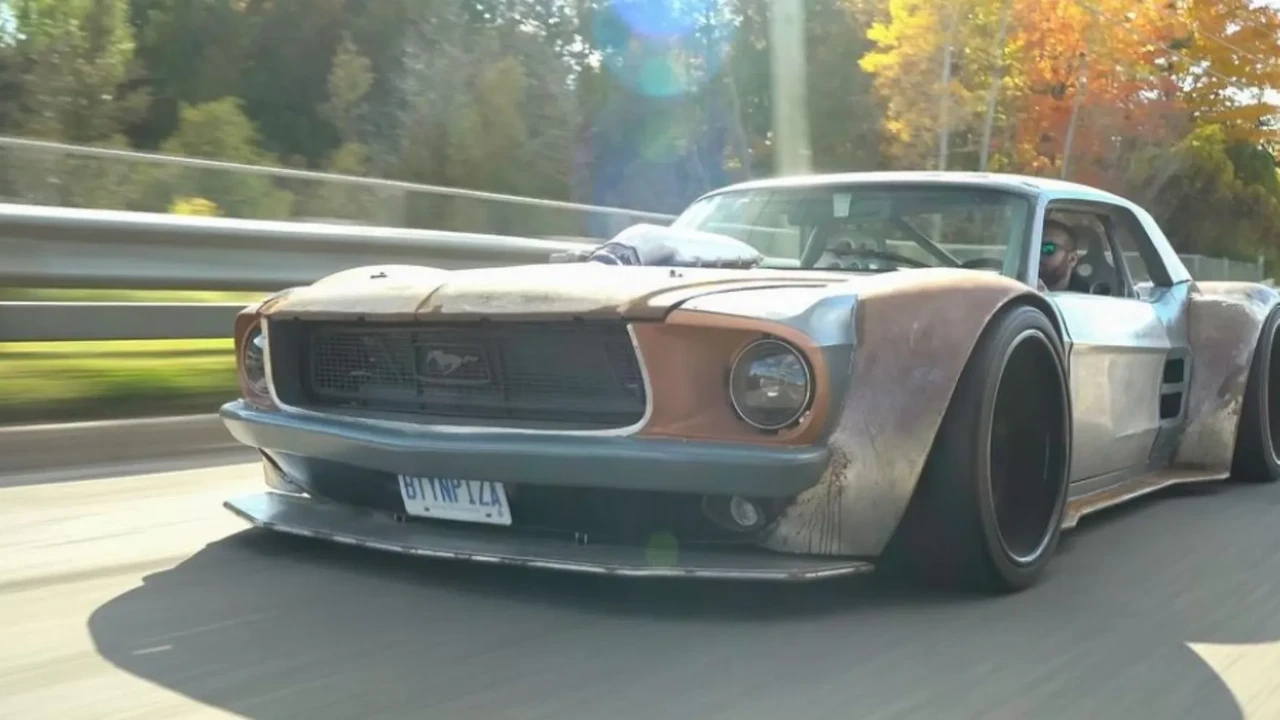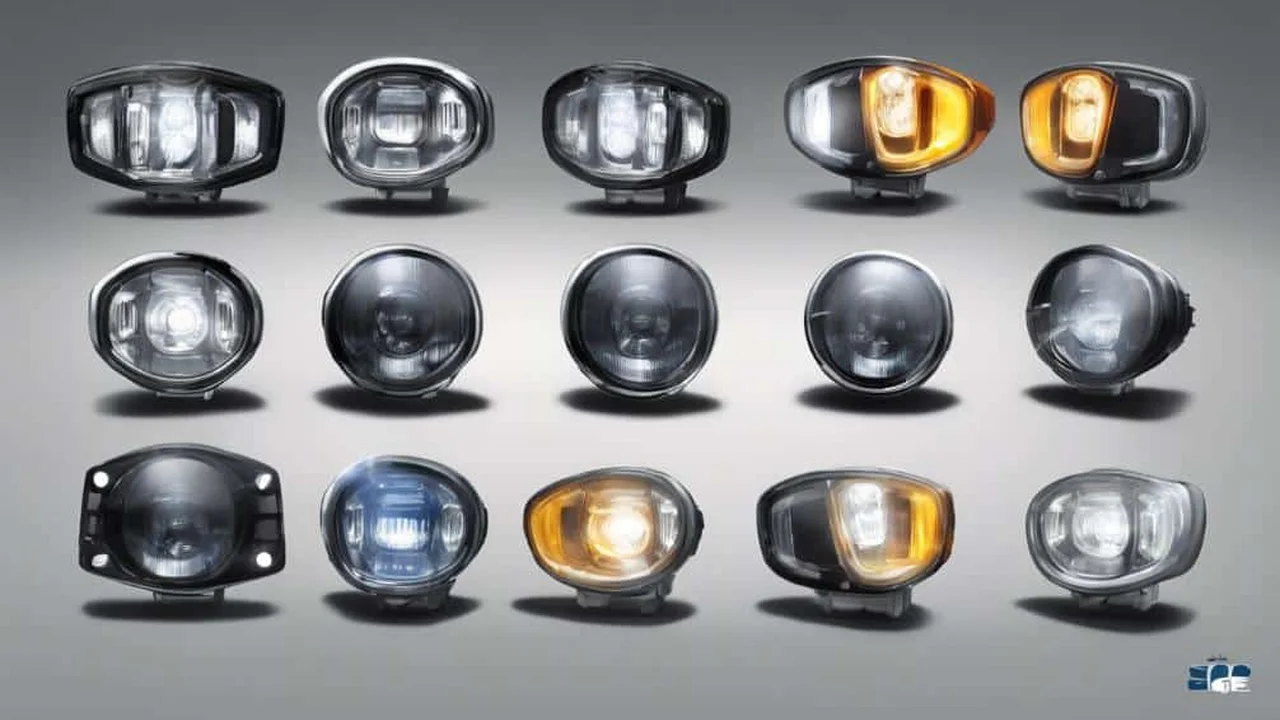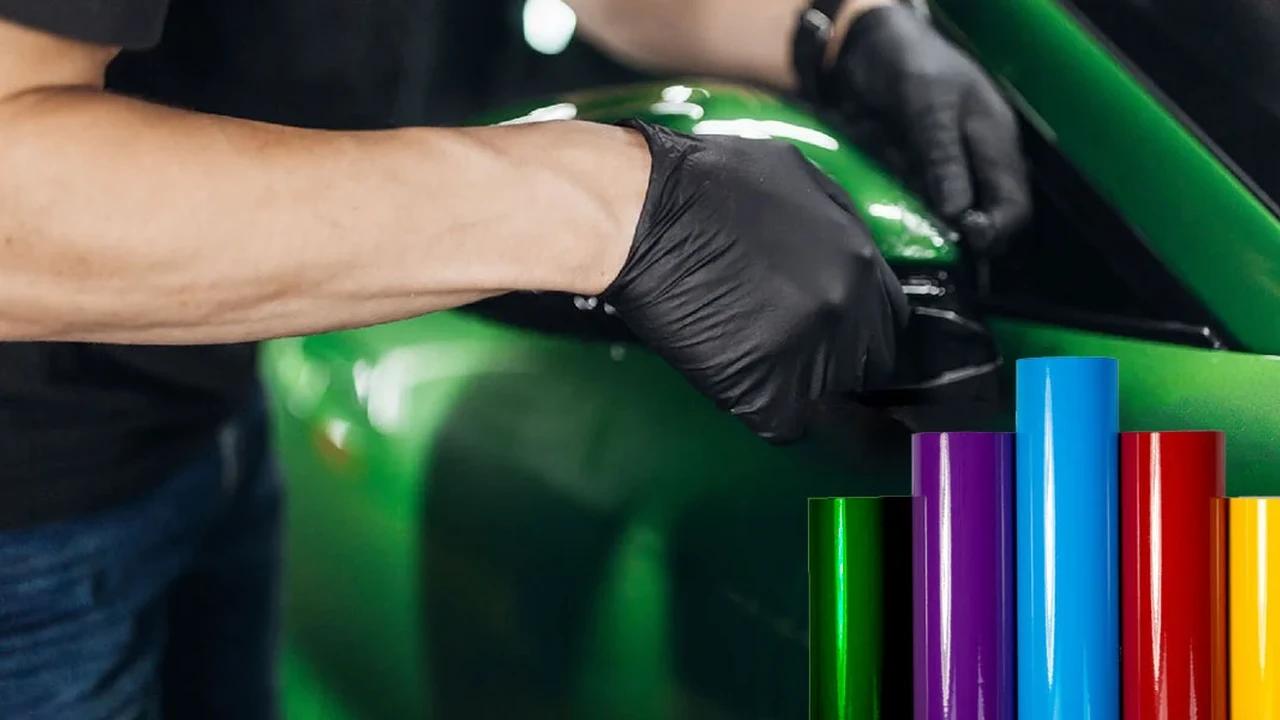Car Modification vs. Restoration: Defining the Terms

Protect your investment with proper car styling insurance coverage. We explore options for insuring aftermarket modifications. Ensure you're covered in case of accidents or damage.
Understanding Car Modification vs Car Restoration Car Styling Definitions
Okay, so you’re thinking about tweaking your ride, maybe giving it a whole new personality. But before you dive in, let’s clear up some confusion that often pops up: What's the real difference between car modification and car restoration? They both involve working on cars, but they’re about as different as a monster truck and a meticulously preserved vintage roadster.
Car modification is all about personalizing your car, making it uniquely *yours*. Think of it as automotive self-expression. You’re changing things, upgrading components, and generally bending the car to your will. Restoration, on the other hand, is about bringing a car back to its original glory. It's a historical preservation project on wheels.
Car Modification Explained Personalizing Your Ride with Aftermarket Upgrades
Modification is a wide-open playground. There are really no rules, except maybe the local traffic laws. You want a screaming turbocharger? Go for it. Thinking about slamming your suspension and adding some aggressive fender flares? Sounds awesome. Maybe you just want to upgrade the sound system and add some cool interior lighting. That's modification too!
The goal is to improve performance, enhance aesthetics, or simply make the car more enjoyable to drive for *you*. It's about injecting your personality into the machine. Here are some common types of car modifications:
- Performance Upgrades: Engine tuning, exhaust systems, suspension modifications, brake upgrades, turbochargers, superchargers.
- Aesthetic Enhancements: Body kits, wraps, custom paint jobs, aftermarket wheels, interior modifications (seats, steering wheel, gauges).
- Functional Additions: Tow hitches, roof racks, off-road lighting, upgraded sound systems, navigation systems.
Example: Let's say you have a Honda Civic. You could modify it by adding a cold air intake, upgrading the exhaust system, installing coilovers for improved handling, and adding a sporty body kit. The end result is a Civic that looks and performs significantly different from the factory model.
Car Restoration Explained Preserving Automotive History & Originality
Restoration is a completely different beast. It's about returning a car to its original factory condition. This means sourcing original parts (or painstakingly recreating them), using the correct paint colors, and adhering to the factory specifications as closely as possible. It requires a deep understanding of the car's history and a commitment to authenticity.
The goal isn't to improve the car or make it faster or more stylish. It's to preserve it as a piece of automotive history. Restoration projects are often undertaken on classic or vintage cars, where originality is highly valued. Here are some key aspects of car restoration:
- Sourcing Original Parts: Finding original parts can be a major challenge, often requiring extensive searching and networking.
- Correct Paint and Finishes: Matching the original paint color and applying it using the correct techniques is crucial.
- Adhering to Factory Specifications: Every detail, from the type of screws used to the placement of decals, must be accurate.
- Mechanical Rebuilding: Engines, transmissions, and other mechanical components are rebuilt to their original specifications.
Example: Imagine restoring a 1967 Ford Mustang Fastback. The restoration would involve stripping the car down to its bare metal, repairing any rust or damage, repainting it in its original color (perhaps Candy Apple Red), rebuilding the engine to its original specifications, and sourcing original parts like the correct wheels, interior trim, and badges. The end result is a Mustang that looks and feels exactly as it did when it rolled off the assembly line in 1967.
Key Differences Modification vs Restoration Side-by-Side Comparison
Let's break down the key differences in a handy table:
| Feature | Car Modification | Car Restoration |
|---|---|---|
| Goal | Personalization, performance enhancement, aesthetic improvement | Preservation of originality, historical accuracy |
| Focus | Modern upgrades, personal preferences | Original factory specifications, historical details |
| Parts | Aftermarket parts, performance components | Original parts (or accurate reproductions) |
| Cost | Variable, depending on the extent of modifications | Often very expensive, due to the scarcity of original parts and the labor-intensive nature of the work |
| Value | Can increase or decrease value, depending on the modifications and the buyer's preferences | Generally increases value, especially for rare or desirable models |
| Skills Required | Mechanical skills, fabrication skills, knowledge of aftermarket parts | Mechanical skills, historical knowledge, attention to detail |
When to Modify and When to Restore Car Styling Considerations
So, when should you choose modification over restoration, or vice versa? Here's a general guideline:
- Modify: If you want to personalize your car, improve its performance, or add modern features, modification is the way to go. This is a great option for newer cars or cars that are already heavily modified.
- Restore: If you have a classic or vintage car and you want to preserve its historical value, restoration is the best choice. This is also a good option if you're interested in participating in classic car shows or competitions where originality is highly valued.
Of course, there's also a middle ground. You could choose to do a "resto-mod," which combines elements of both restoration and modification. This involves restoring the car's original appearance while adding modern performance upgrades or features. For example, you might restore the body of a classic muscle car but install a modern fuel-injected engine and upgraded suspension.
Product Recommendations for Car Modification Enthusiasts Aftermarket Parts and Accessories
If you're leaning towards modification, here are a few product recommendations to get you started:
- Cold Air Intakes: AEM, K&N, Injen. These improve airflow to the engine, resulting in a slight horsepower increase. Prices range from $150 to $400 depending on the vehicle.
- Exhaust Systems: Borla, Magnaflow, Flowmaster. These enhance the sound of your engine and can also improve performance. Prices range from $300 to $1000 depending on the system.
- Coilovers: KW, Bilstein, Tein. These allow you to adjust the ride height and damping of your suspension, improving handling. Prices range from $800 to $2500 depending on the brand and features.
- Body Kits: Duraflex, VIS Racing, Extreme Dimensions. These change the appearance of your car, giving it a more aggressive or sporty look. Prices range from $500 to $3000 depending on the complexity and materials.
- Wheels: Enkei, Volk Racing, BBS. These are a great way to personalize your car and improve its handling. Prices range from $500 to $5000 per set depending on the brand, size, and material.
Product Recommendations for Car Restoration Projects Original Replacement Parts
For those embarking on a restoration project, finding the right parts is crucial. Here are a few resources and product categories to consider:
- Original Parts Suppliers: Companies specializing in reproduction and NOS (New Old Stock) parts for specific classic car models. Examples include Classic Industries (for GM cars), National Parts Depot (NPD, for Ford and GM cars), and Eckler's (for Corvettes).
- Engine Rebuild Kits: Kits containing all the necessary components for rebuilding a classic engine to its original specifications. These kits typically include pistons, rings, bearings, gaskets, and seals. Prices vary widely depending on the engine.
- Interior Upholstery Kits: Kits containing replacement upholstery for seats, door panels, and other interior components. These kits are often made from materials that closely match the original factory specifications. Prices range from $200 to $1000+ depending on the car and materials.
- Exterior Trim and Badges: Reproduction or NOS trim pieces, emblems, and badges to replace damaged or missing items. Prices vary greatly depending on the rarity and condition of the parts.
- Wiring Harnesses: Replacement wiring harnesses that match the original factory wiring. These are essential for ensuring the car's electrical system is safe and reliable. Prices range from $100 to $500+ depending on the car.
Making the Right Choice Understanding Your Goals and Resources
Ultimately, the choice between car modification and car restoration depends on your personal goals, budget, and the condition of your car. Do your research, talk to other enthusiasts, and carefully consider what you want to achieve before you start. Whether you're building a high-performance street machine or meticulously restoring a piece of automotive history, the journey is sure to be rewarding.
:max_bytes(150000):strip_icc()/277019-baked-pork-chops-with-cream-of-mushroom-soup-DDMFS-beauty-4x3-BG-7505-5762b731cf30447d9cbbbbbf387beafa.jpg)






